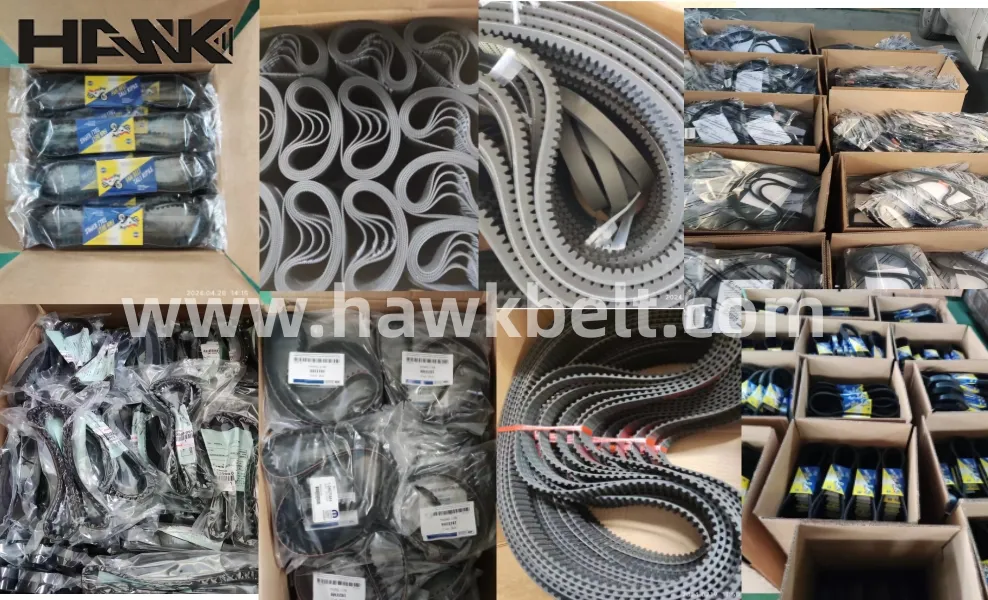- Arabic
- French
- Russian
- Spanish
- Portuguese
- Turkish
- Armenian
- English
- Albanian
- Amharic
- Azerbaijani
- Basque
- Belarusian
- Bengali
- Bosnian
- Bulgarian
- Catalan
- Cebuano
- Corsican
- Croatian
- Czech
- Danish
- Dutch
- Afrikaans
- Esperanto
- Estonian
- Finnish
- Frisian
- Galician
- Georgian
- German
- Greek
- Gujarati
- Haitian Creole
- hausa
- hawaiian
- Hebrew
- Hindi
- Miao
- Hungarian
- Icelandic
- igbo
- Indonesian
- irish
- Italian
- Japanese
- Javanese
- Kannada
- kazakh
- Khmer
- Rwandese
- Korean
- Kurdish
- Kyrgyz
- Lao
- Latin
- Latvian
- Lithuanian
- Luxembourgish
- Macedonian
- Malgashi
- Malay
- Malayalam
- Maltese
- Maori
- Marathi
- Mongolian
- Myanmar
- Nepali
- Norwegian
- Norwegian
- Occitan
- Pashto
- Persian
- Polish
- Punjabi
- Romanian
- Samoan
- Scottish Gaelic
- Serbian
- Sesotho
- Shona
- Sindhi
- Sinhala
- Slovak
- Slovenian
- Somali
- Sundanese
- Swahili
- Swedish
- Tagalog
- Tajik
- Tamil
- Tatar
- Telugu
- Thai
- Turkmen
- Ukrainian
- Urdu
- Uighur
- Uzbek
- Vietnamese
- Welsh
- Bantu
- Yiddish
- Yoruba
- Zulu
Jul . 31, 2024 23:01 Back to list
Understanding the Importance of Timing Belts in 5A Engine Performance and Maintenance Requirements
Understanding the Importance of the 5A Engine Timing Belt
The timing belt is a crucial component in internal combustion engine vehicles, including those equipped with the 5A engine. This specific engine, commonly used in various models, plays a significant role in the overall performance and longevity of a vehicle. Understanding the function, maintenance, and potential issues related to the timing belt is essential for every car owner.
What is a Timing Belt?
The timing belt is a reinforced rubber belt that connects the crankshaft to the camshaft in an internal combustion engine. Its primary purpose is to ensure that the engine’s valves open and close in sync with the pistons. This synchronization is vital for the engine to function efficiently and effectively; any misalignment can lead to significant performance problems or even catastrophic engine failure.
The 5A Engine Timing Belt
In the context of the 5A engine, which is a popular engine type used in various vehicles, the timing belt plays an integral role. Typically, the 5A engine configuration includes a 1.5-liter displacement and is known for its reliability and performance in compact cars. The timing belt ensures that the four-stroke cycle operates smoothly, allowing the engine to deliver optimal power and fuel efficiency.
Maintenance and Replacement
One of the most important aspects of caring for a 5A engine is regular maintenance of the timing belt. Most manufacturers recommend replacing the timing belt every 60,000 to 100,000 miles, but this can vary based on driving conditions and the specific vehicle model. Regularly checking for signs of wear, such as fraying or cracking, can help prevent unexpected breakdowns.
5a engine timing belt

When replacing the timing belt, it's essential to consider changing other components simultaneously. The tensioner and idler pulleys should also be inspected, as they work in conjunction with the belt. Replacing these parts can prevent future issues and ensure that the engine runs optimally.
Signs of a Failing Timing Belt
A failing timing belt can lead to severe engine damage if not addressed promptly. Some common signs of a failing timing belt include
1. Unusual Noises If you hear a ticking or slapping noise coming from the engine, it may indicate that the timing belt is loose or damaged. 2. Engine Misfires If your engine is misfiring or running roughly, it could be due to a timing belt that has slipped out of alignment.
3. Oil Leakage A frayed timing belt can often lead to oil leaks, particularly if the oil seal is damaged.
4. Check Engine Light If the check engine light comes on, it’s worth having the timing belt and other components inspected.
Conclusion
The timing belt of the 5A engine plays a vital role in the vehicle's performance, efficiency, and longevity. Regular maintenance and timely replacement of the timing belt are essential steps for any car owner looking to avoid costly repairs and ensure the reliability of their vehicle. By being proactive and aware of the signs of a failing timing belt, you can keep your engine running smoothly and enjoy a safer, more reliable driving experience. Whether you are a seasoned mechanic or a casual driver, understanding the importance of the timing belt is crucial for maintaining your vehicle's performance.
-
Upgrade Power Steering Pump Belt for Smooth, Quiet Operation
NewsAug.27,2025
-
Precision Timing Belt & Chain: Engine Performance & Durability
NewsAug.26,2025
-
Precision Lathe Drive Belts: Durable & Reliable Performance
NewsAug.25,2025
-
84.5 Serpentine Belt: Durable & Precision Fit for Your Engine
NewsAug.24,2025
-
Premium Ribbed Drive Belts for Quiet Power Transmission
NewsAug.23,2025
-
High-Performance Vehicle Timing Belt for Engine Precision
NewsAug.22,2025

